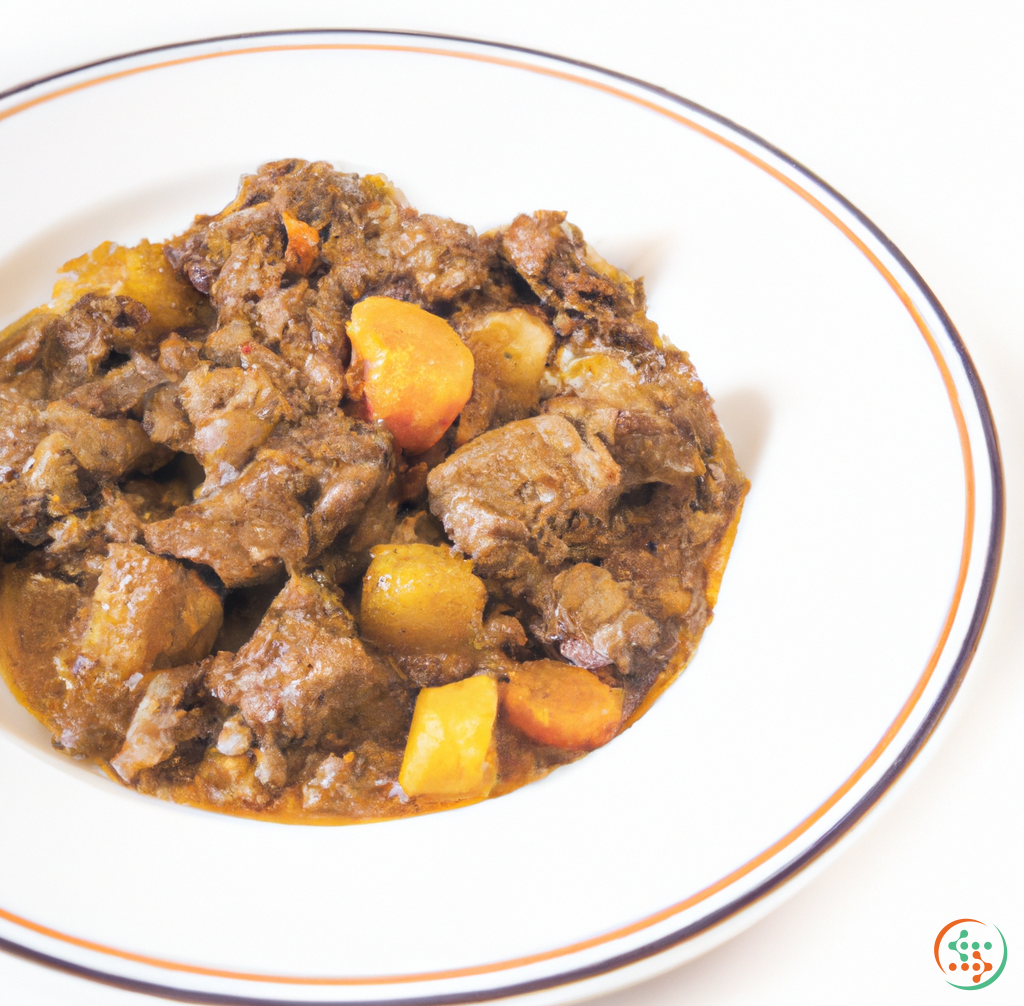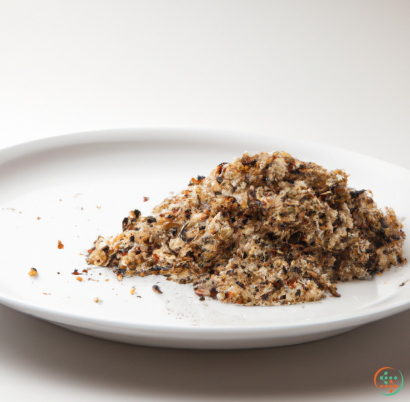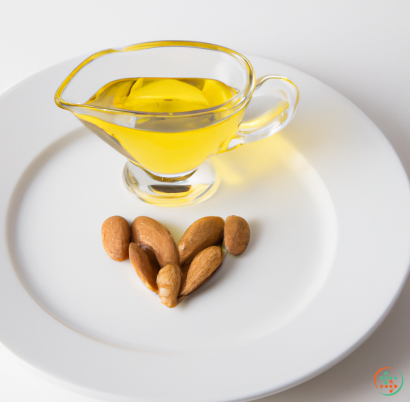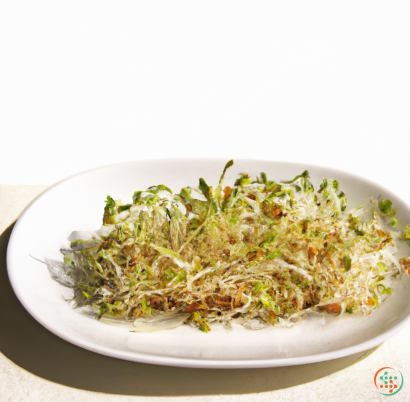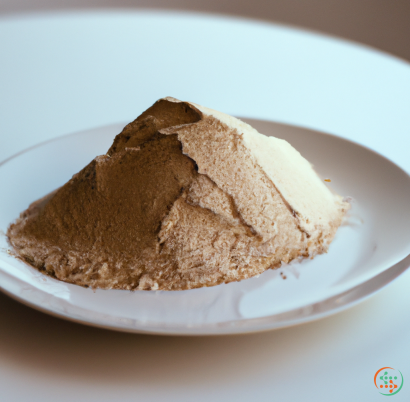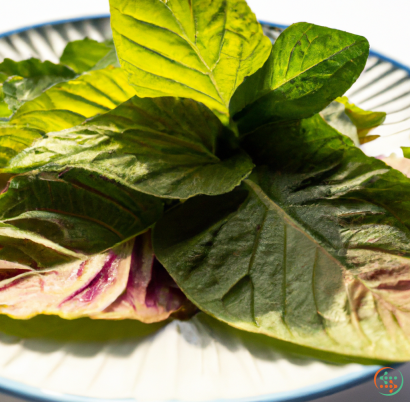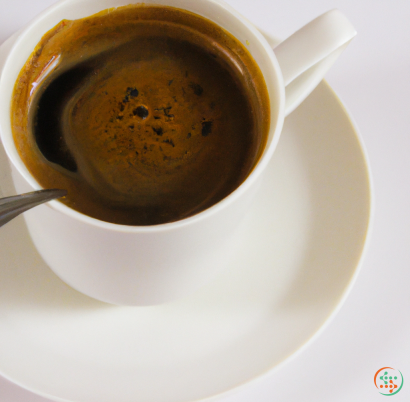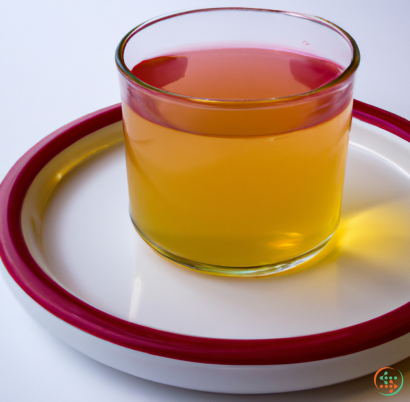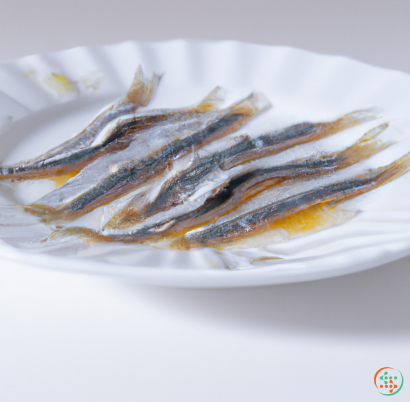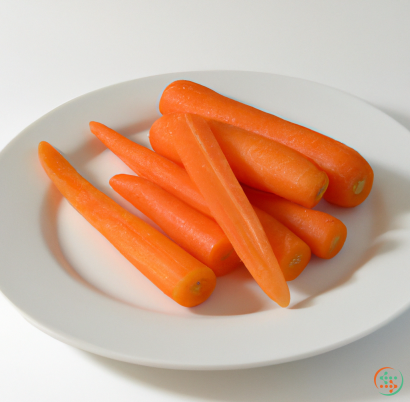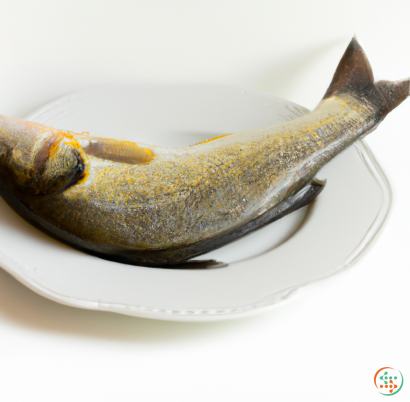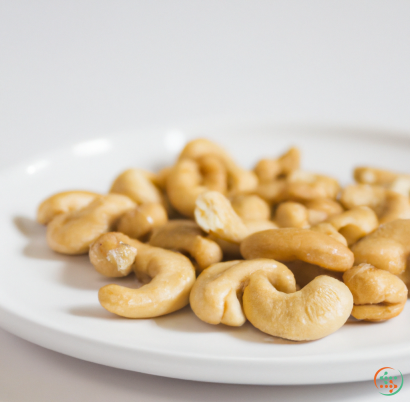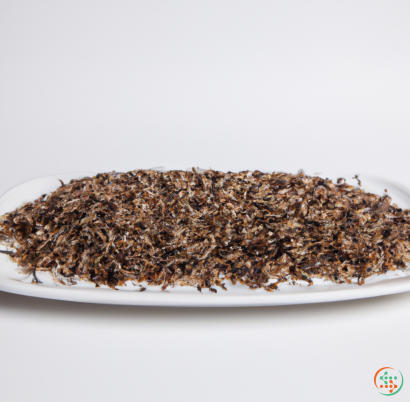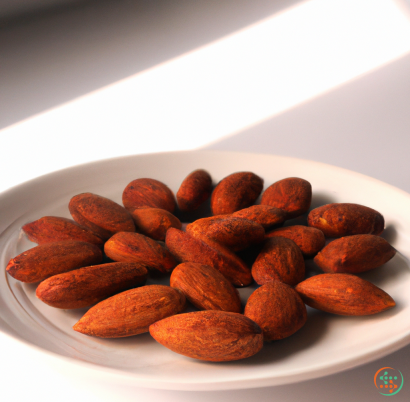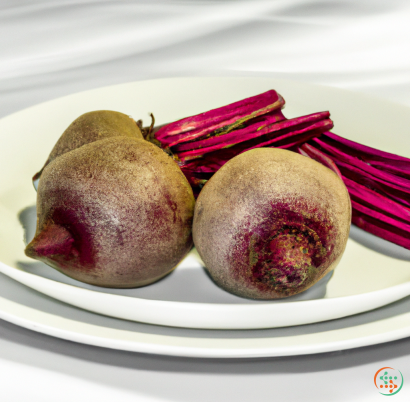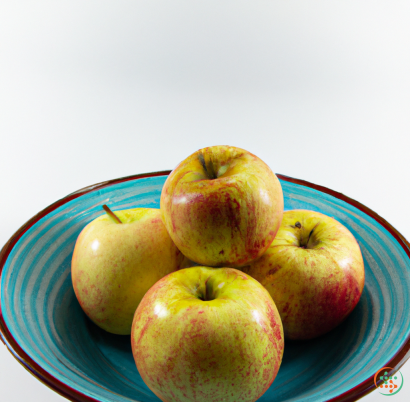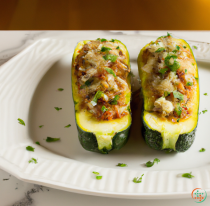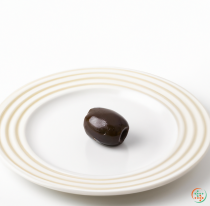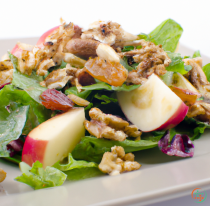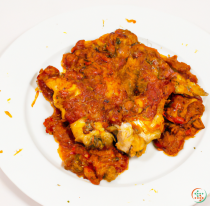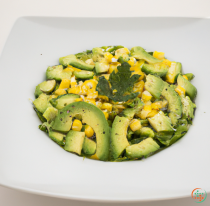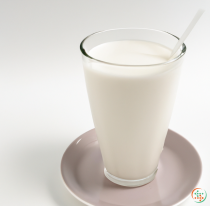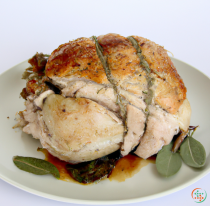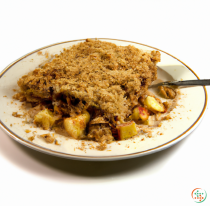Stew Recipe: Great Taste. Simple Directions.
Make the perfect Stew
When it comes to making stew, there are a few things you need to keep in mind. First, you need to choose the right meat. Stew is typically made with beef, but you can also use chicken, lamb, or pork. The second thing you need to do is choose the right vegetables. Stew is typically made with potatoes, carrots, and onions, but you can also use other vegetables like celery, peas, or turnips. Lastly, you need to choose the right seasonings. Stew is typically seasoned with salt, pepper, and herbs like thyme or rosemary.
Now that you know the basics of making stew, it's time to get started. First, brown the meat in a large pot. Then, add the vegetables and seasonings and cook until the vegetables are soft. Finally, add enough water to cover the ingredients and simmer for at least an hour. And that's it! You've now made a delicious stew that your family and friends will love.
Stew ‐ What It Tastes Like
When it comes to comfort food, nothing beats a hearty bowl of stew. Stew is a classic dish that is both simple and flavorful. It is made with a variety of ingredients and can range from thick and chunky to light and brothy. Stew is a great way to combine different flavors and textures, and is sure to please any palate.
The flavor of stew depends largely on the ingredients used. Common ingredients include beef, chicken, pork, or vegetables. Each ingredient adds its own unique flavor and texture to the stew. Beef is the most common and popular choice, as it provides a rich and savory flavor. Chicken is lighter and more delicate in flavor, while pork adds a sweet and smoky taste. Vegetables can be added to the stew for a hint of sweetness, and to add nutrition.
The texture of stew is also an important part of its flavor. Stew can be thick and chunky, or light and brothy. Thick and chunky stews are usually made with beef, as the beef releases its natural gelatin, thickening the stew. Brothy stews are made with lighter ingredients such as chicken or vegetables, and are more delicate in flavor.
The seasonings used to flavor the stew can also affect the taste. Common seasonings include onion, garlic, herbs, and spices. Onions and garlic provide a savory flavor, while herbs and spices can be used to add a touch of sweetness or spice. Depending on the ingredients used, the seasonings can be adjusted to create a unique flavor.
The type of liquid used to make the stew can also influence its flavor. Common liquids used include beef broth, chicken broth, and tomato juice. Each liquid adds its own unique flavor to the stew. Beef broth provides a rich and savory flavor, while chicken broth is milder and more delicate. Tomato juice adds a hint of sweetness and acidity to the stew, while adding color and an appetizing aroma.
The preparation method can also affect the taste of the stew. Simmering the stew for a longer period of time will allow the flavors to marry and develop. This creates a more complex and flavorful stew. Conversely, cooking the stew over a high heat will produce a lighter and less flavorful stew.
No matter how it’s cooked, stew is sure to please any palate. It is a classic dish that combines a variety of flavors and textures, and can be adjusted to suit any taste. Whether it’s chunky and savory, or light and brothy, stew is sure to be a hit.
Stew ‐ Is it healthy for you?
When it comes to eating healthy, stew is often overlooked. After all, the popular dish is usually associated with comfort food or heavier meals, not the light and nutritious fare that many of us strive for. But contrary to popular belief, stew is actually an incredibly healthy option — provided it meets certain criteria.
To start, stew is an excellent source of protein. Many traditional recipes use beef, pork, chicken, or lamb, all of which are excellent sources of protein essential for maintaining muscle mass, bones, and skin. Additionally, because the meat is usually cooked slowly over low heat, much of the fat is rendered out, making it a leaner option than other types of meat.
When it comes to vegetables, stew is also a great way to get in your daily servings. Stews typically incorporate hearty root vegetables like potatoes, carrots, parsnips, and turnips, all of which are excellent sources of vitamins and minerals. And, because they are cooked in liquid, they are also incredibly easy to digest.
Stews also contain complex carbohydrates, which help to keep you feeling full longer and provide you with long-lasting energy. Legumes like beans, peas, and lentils are often added to stews, and these are an excellent source of fiber, iron, and B vitamins.
In terms of fat, the amount of oil or butter used in a stew recipe can vary greatly, so it’s best to opt for a lower-fat option. Additionally, opting for a broth-based stew rather than a creamy one will help to keep calories and fat content in check.
Finally, if you’re looking for a healthy stew recipe, make sure to include plenty of fresh herbs and spices. These provide an array of antioxidants, vitamins, and minerals that can help to boost your immune system, improve digestion, and reduce inflammation.
In conclusion, stew can be an incredibly healthy option — provided it meets certain criteria. By opting for leaner proteins, plenty of vegetables and legumes, and using only minimal amounts of fat, you can create a delicious and nourishing stew that will keep you feeling full and energized.
Stew ‐ Is it Gluten Free?
The question of whether Stew is gluten free has been a source of debate for years. On the one hand, there are those who believe that stew is inherently gluten free, since it typically does not contain any wheat or wheat-based ingredients. On the other hand, there are those who argue that it is not necessarily gluten free, since the broth or stock used to make the stew may contain wheat or wheat-based ingredients.
So, is stew gluten free? The answer is not a simple yes or no. Whether stew is gluten free depends on the ingredients used to make it. If the recipe calls for wheat flour or wheat-based ingredients, such as barley or rye, then the stew is not gluten free. If the recipe does not call for any wheat or wheat-based ingredients, then the stew is likely gluten free.
One way to ensure that your stew is gluten free is to use a gluten-free stock or broth. Many store-bought stocks and broths are labeled as gluten-free, which means that they do not contain any wheat or wheat-based ingredients. You can also make your own stock or broth from scratch, using only gluten-free ingredients.
In addition to using a gluten-free stock or broth, you should also be mindful of the other ingredients used to make the stew. Many canned and frozen vegetables may contain wheat or wheat-based ingredients, so it’s important to check the label carefully. The same goes for any seasoning mixes or sauces that you might use. If they contain wheat or wheat-based ingredients, they should be avoided.
Finally, if you’re eating out, be sure to ask your server if the stew is made with a gluten-free stock or broth. Some restaurants may not list this information on the menu, so it’s important to ask if you’re unsure.
In conclusion, the answer to the question of whether stew is gluten free depends on the ingredients used to make it. If the recipe calls for wheat or wheat-based ingredients, then the stew is not gluten free. However, if the recipe does not call for any wheat or wheat-based ingredients, then the stew is likely gluten free. Furthermore, if you’re eating out, it’s important to ask your server if the stew is made with a gluten-free stock or broth.
Stew ‐ Preparation Time
A well-made stew can be a comforting, delicious meal on a cold winter night. But the preparation time for a stew can be intimidating for many home cooks. Making a stew takes time, but the effort is worth it when you have a pot of flavorful, hearty stew to enjoy with family and friends.
The first step in preparing a stew is to select your ingredients. If you’re making a traditional beef or pork stew, you’ll need to choose the type of meat you’d like to use. You can choose from various cuts of beef or pork, such as chuck roast, sirloin, or even ground beef. You’ll also need to pick out some vegetables to add to your stew. Popular choices include potatoes, carrots, celery, onions, and garlic, but you can get creative and add other vegetables if you wish.
Once you’ve selected your ingredients, it’s time to move on to the cooking process. Start by browning the meat in a large pot or Dutch oven. This will give it a nice flavor and texture. Once the meat is browned, you can add the vegetables and any other ingredients you’d like to include.
At this point, you’ll want to add some liquid to the pot. Stock or broth is a great option, but you can also use a combination of water and wine or beer. Once all of the ingredients are in the pot, you’ll want to bring the stew to a boil and then reduce the heat to a simmer. Simmering the stew for several hours allows the flavors to meld together, creating a truly delicious stew.
The cooking time for a stew varies based on the ingredients you’ve chosen and the size of the pot you’re using. Generally speaking, you should plan to simmer the stew for at least two hours, but it can take up to four hours to achieve the perfect flavor and texture. If you’re in a rush, you can always pressure cook the stew to speed up the process.
Making a stew may take some time and effort, but it’s well worth it in the end. Not only does a stew make a delicious meal, it’s also a great way to use up leftovers and get creative with your cooking. So if you’re looking for an easy, hearty meal, give stew a try – you won’t be disappointed!
Stew ‐ Serving Size
One of the great joys of cooking is the ability to customize a dish to suit your own tastes. Whether you prefer a light and flavorful medley of vegetables or a hearty, meat-filled stew, there are countless ways to create a meal that is both delicious and satisfying. While many dishes can easily be tailored to individual preferences, the same cannot always be said for the serving size. This is especially true when it comes to stew, which is often served in large portions that can leave even the hungriest diners feeling stuffed.
The serving size of stew is determined by a number of factors, including the type of stew being made and the number of people it will be served to. Traditional stews are often made with a variety of ingredients, including meat, vegetables, and broth. As a result, the size of the servings can vary greatly depending on the ingredients used. For instance, a stew made with a large quantity of meat will require larger portions than a stew made with mainly vegetables. Additionally, the number of people the stew is being served to will also affect the size of the servings. For example, if the stew is being served to a family of four, the servings should be slightly larger than if the same stew were being served to just two people.
When it comes to determining the appropriate portion size of stew, it is important to keep in mind that the dish is meant to be enjoyed in moderation. Stew is a comfort food that should be enjoyed without overindulging, and portions that are too large can often lead to overeating. If serving stew to a large group, it is best to provide smaller portions and allow guests to go back for seconds if they wish. Doing so will ensure that everyone is able to enjoy the stew without feeling overly full or uncomfortable.
When it comes to the serving size of stew, there is no one-size-fits-all solution. The amount of stew needed to feed a group of people will vary depending on the ingredients used and the number of people being served. However, by keeping portions moderate and allowing guests to go back for seconds if they wish, it is possible to ensure that everyone is able to enjoy the comforting flavors of a delicious stew without feeling overly stuffed.
Recipe for Stew
Ingredients:
-1 lb. beef stew meat
-1 large onion, chopped
-3 carrots, peeled and diced
-3 celery stalks, diced
-3 potatoes, peeled and diced
-1 can (14.5 oz) diced tomatoes, undrained
-1 can (10.75 oz) tomato soup
-1 can (10.75 oz) beef broth
-1 tsp. dried thyme
-1/2 tsp. dried rosemary
-1/4 tsp. black pepper
Instructions:
1. In a large pot or Dutch oven, brown the beef in batches over medium-high heat. As the beef browns, transfer it to a plate.
2. Once all the beef has been browned, add the onion, carrots, and celery to the pot. Cook for 5 minutes, stirring occasionally.
3. Add the beef, potatoes, tomatoes, tomato soup, beef broth, thyme, rosemary, and black pepper to the pot. Stir until everything is evenly mixed.
4. Bring the stew to a boil, then reduce the heat to low and simmer for 2-3 hours, or until the beef is tender.
